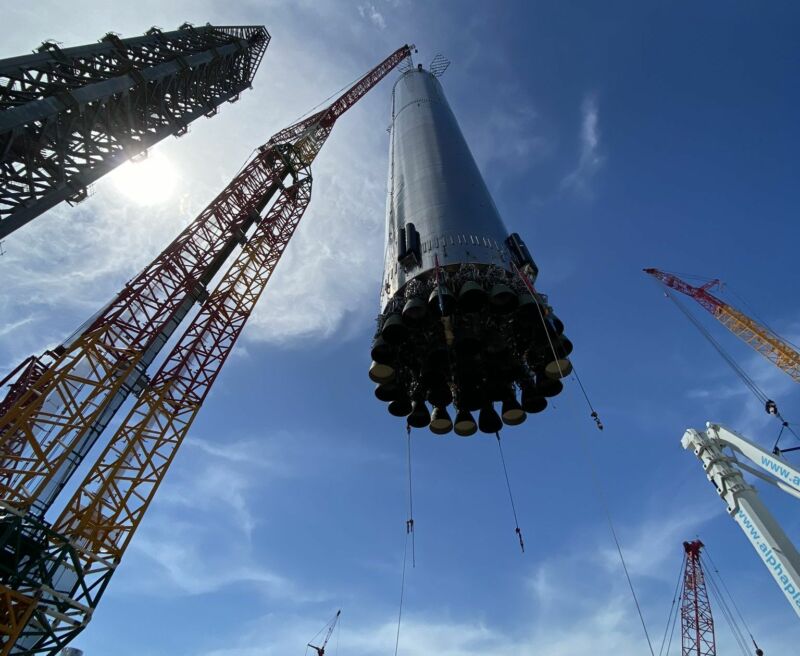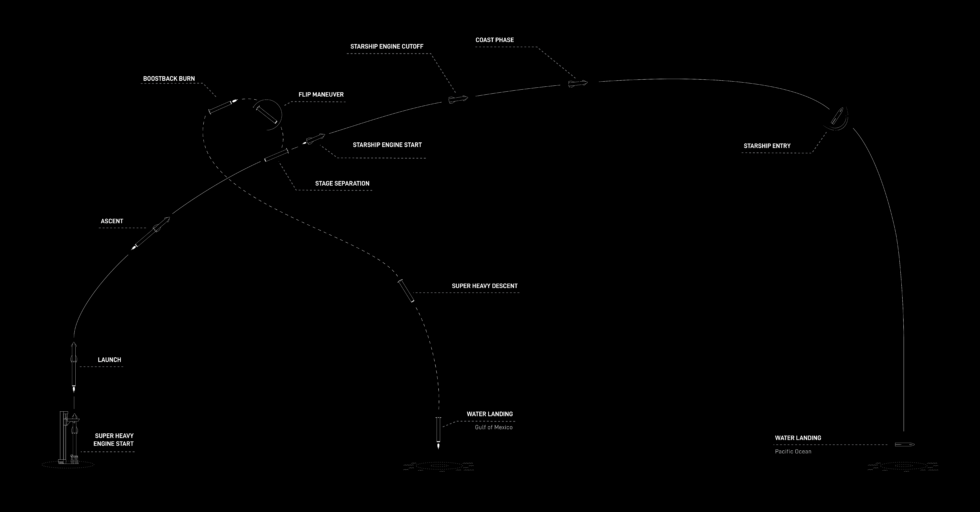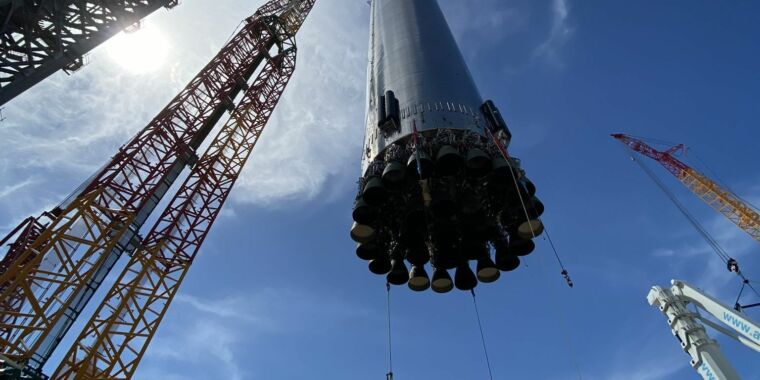
On Friday afternoon — after much fear and anxious waiting by the spaceflight community — the Federal Aviation Administration issued a launch permit to SpaceX for the launch of its Starship rocket from South Texas.
“Following an extensive licensing review process, the FAA determined that SpaceX met all safety, environmental, policy, payload, airspace integration and financial responsibility requirements,” the agency said in a statement. The permit is valid for five years.
Receiving this federal safety approval is the final regulatory step the company had to take before being allowed to fly the largest rocket ever built. Now the only limitations to launch are technical problems with the missile or its ground systems. SpaceX is expected to hold a final readiness assessment this weekend before deciding to proceed with a launch attempt.
This can happen as early as Monday. The company has put in place a slew of road closures, temporary flight restrictions and notices to mariners for April 17. The launch window is expected to open at 7 a.m. local Texas time (12:00 UTC). Backup launch opportunities are available on Tuesdays and Wednesdays.
SpaceX has been seeking federal approval for several years to launch the massive Super Heavy rocket, with its Starship upper stage, from Texas. The launch site is located near the Gulf of Mexico, just north of the Rio Grande River, and is surrounded by wetlands. Upon completion of an environmental assessment in June 2022, the Federal Aviation Administration said the company must take more than 75 actions to protect the land and wildlife around the Boca Chica facility.
This week, an FAA official speaking in the background said SpaceX was cooperating with those measures. “So far they have done what they had to do in terms of environmental impact,” the official said. The FAA is responsible for safety around the launch site and during the flight of a vehicle. It carefully went through its procedures and accommodated SpaceX when the technical design of the Starship launch system changed.
SpaceX calls this Starship launch an “integrated flight test.” It is the first time the massive Super Heavy rocket has taken off and the first time both vehicles have flown together. According to the nominal flight plan, the Super Heavy rocket will propel Starship to space and, after separation, attempt to make a controlled splash in the Gulf of Mexico, about 30 to 35 km off the coast of Texas. SpaceX will not attempt to recover the booster during this flight.
In the meantime, the Starship vehicle will attempt to ascend to an altitude of 235 km and “close to orbit”. Starship’s engines shut down after 9 minutes and 20 seconds into flight, at which point the vehicle will coast for over an hour before entering Earth’s atmosphere over the Pacific Ocean. It will not complete a full orbit and is expected to plummet at high speed about 140 miles (225 km) north of the Hawaiian island of Oahu. According to the nominal timeline, this happens 90 minutes after launch.

SpaceX
Since this is the first spaceflight for both vehicles, SpaceX is keeping the overall flight plan relatively simple. For example, Starship will not re-ignite its engines upon reentry, nor attempt to make a controlled reentry into the ocean. Essentially, the purpose of this flight is to collect data on the performance of both the Starship’s first stage booster and upper stage to begin recovery efforts on future flights.
Super Heavy will be the largest and most powerful rocket ever launched from Earth. However, SpaceX has taken an experimental approach to developing this booster and Starship, so it is far from certain that this flight will be without incident.

